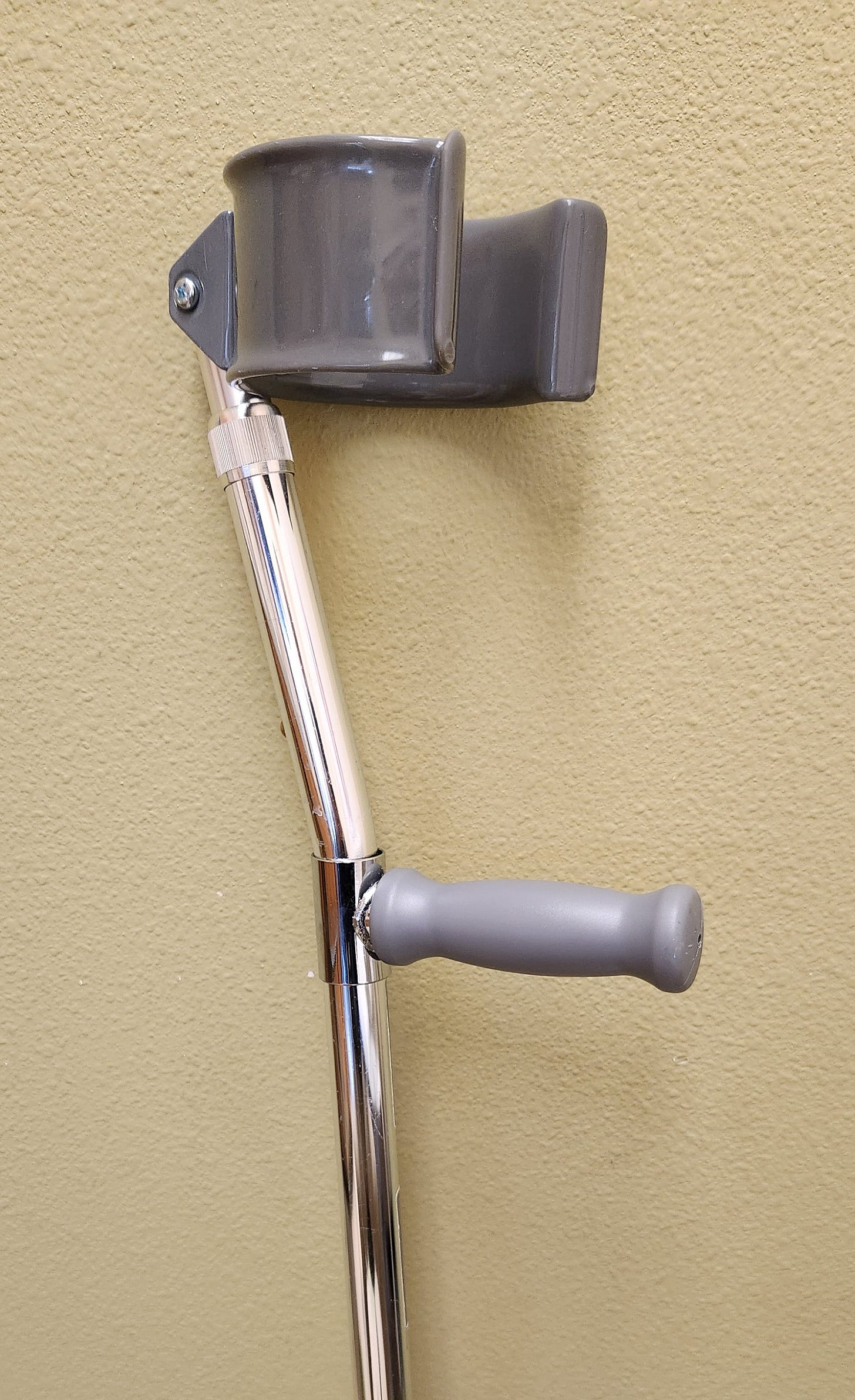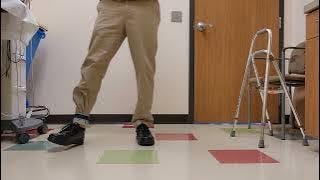This is not medical advice.
Gait training is something that needs to be done with a therapist in person. This is just a general overview of what we do in these cases.
The connotation of the word “crutch” is of something that we can’t let go of, or that we are dependent on. Generally it is negative.
Most patients return to see their surgeon at some point for follow up. I have seen some surgeons look at the timeline since surgery, and simply dismiss the patient’s use of a walker, and they will tell the patient to “throw it away.”
Some of these patients are of advanced age and a severe fall risk. This is a broad statistic, but the mortality within one year of a hip fracture can be as high as 20%.
We are always trying to progress people off of devices, however if I think someone is at risk of falling and breaking their hip (again), I am not going to be pushy about them ditching the walker too early.
I will explain to them the absolute importance of getting stronger, and preventing falls, and of getting off the walker as soon as possible.
The Tool
I like to focus on the device being a “tool” to get better, verses a long term “crutch.”
We will focus on facing a mirror and correcting as much limping, weakness, and/or habits as possible.
The surgeons perspective
This is a guess on my part as every case is different and we can’t speculate on the intentions of every order.
In general, none of us want people on walkers or crutches. We want people to use their muscles for ambulation.
Depending on the situation, people may need a device.
I’m sure there are statistics showing increased mortality once a patient starts using a device. However, I don’t want to kick it out from under them either.
Walking progressions with devices
Below is a link to a video showing how to use a walker with an injured or operative leg.
This video below features one of my favorite crutches, which is a forearm crutch. These are much stronger than regular canes. The video also has a hemi-walker. These are slow to walk with, but sometimes a game changer for someone who has a stroke, or can’t use both hands.









Great stuff here!
I worked with a client who was bound to a walker. She hated it but her kids demanded that if she wanted to get rid of it she had to get stronger. After six months of dedication on her part she strutted into the gym walker free! She was so proud.
If she had rushed to ditch the walker it is likely the end result would not have been good! Your approach is spot on!